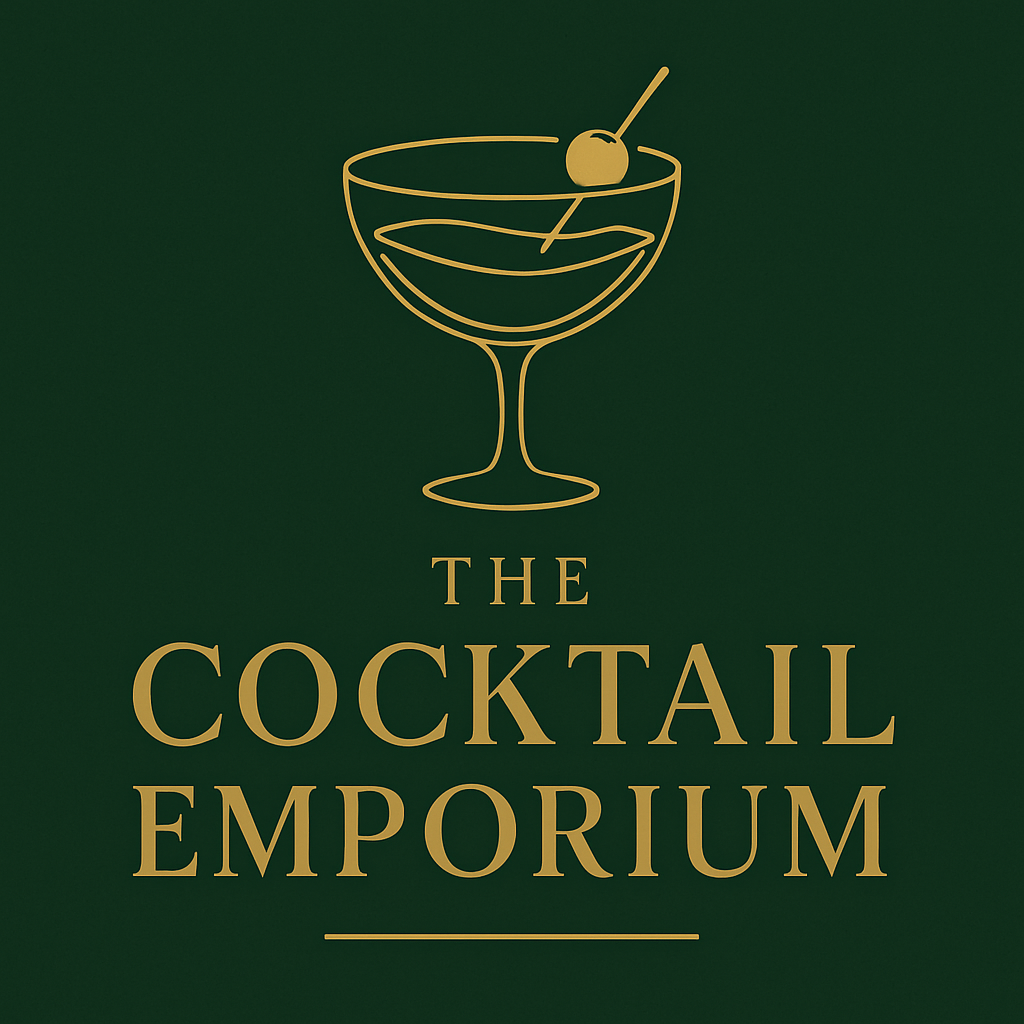The History of Rum: From Caribbean Plantations to Modern Cocktails

Journey through centuries of rum production, from its humble origins in 17th century Caribbean sugarcane fields to today's refined spirits.
Rum's story begins in the 17th century Caribbean, where sugarcane plantations discovered that molasses—a byproduct of sugar production—could be fermented and distilled into a potent spirit. What started as a practical solution to waste management evolved into one of the world's most beloved spirits.
The Colonial Era: Birth of a Spirit
The first documented rum production dates to the 1620s in Barbados, though the practice likely began earlier. Plantation workers called it 'kill-devil' or 'rumbullion,' referring to its fierce strength. By the 1650s, rum distillation had spread throughout the Caribbean islands, with each region developing its own distinctive style.
Rum quickly became a valuable commodity in the triangular trade between the Caribbean, Africa, and the American colonies. It was used as currency, medicine, and most notably, as the daily ration for British Royal Navy sailors—a tradition that continued until 1970.
Regional Styles Emerge
Different Caribbean islands developed distinct rum profiles based on their production methods, climate, and colonial influences:
- Jamaican rum: Known for its funky, ester-rich character from longer fermentation
- Barbadian rum: Balanced and smooth, often considered the benchmark style
- Cuban rum: Light and elegant, favoring column stills and charcoal filtering
- Martinique rhum agricole: Made from fresh sugarcane juice rather than molasses
- Demerara rum: Rich, full-bodied rums from Guyana's wooden stills
The Golden Age of Tiki and Classic Cocktails
The 1930s-1950s saw rum's elevation in the cocktail world. Don the Beachcomber and Trader Vic pioneered elaborate tiki drinks that showcased rum's versatility. Meanwhile, classic cocktails like the Daiquiri, Mojito, and Piña Colada became international favorites, each highlighting different aspects of rum's character.
Ernest Hemingway famously championed the Daiquiri at Havana's El Floridita, where his preference for a less sweet version with double the rum created the Papa Doble. This period cemented rum's reputation as a sophisticated spirit capable of both simple elegance and complex layering.
Modern Craft Rum Movement
Today's rum landscape is experiencing a renaissance. Craft distillers are reviving historical production methods, experimenting with heritage sugarcane varieties, and implementing innovative aging techniques. Premium aged rums now command respect alongside fine whiskeys and cognacs.
The modern bartender has access to an unprecedented variety: white rums for Mojitos, gold rums for Mai Tais, aged sipping rums, overproof mixing rums, and funky Jamaican pot still rums. Understanding these categories helps you select the perfect rum for any cocktail or occasion.
Pro Tip
When mixing classic rum cocktails, research the original recipe's historical context. A 1930s Daiquiri called for different rum styles than what was available in the 1990s. Experimenting with period-appropriate rums can reveal why these drinks became classics.
Building Your Rum Collection
For a well-rounded home bar, consider these essential categories:
- A light Cuban-style rum for Mojitos and Daiquiris
- A Jamaican pot still rum for Mai Tais and Tiki drinks
- An aged rum (8+ years) for sipping and Old Fashioneds
- A high-proof mixer for boosting flavor without excess dilution
- A rhum agricole for Ti' Punches and unique flavor profiles
Rum's journey from plantation byproduct to premium spirit mirrors the evolution of cocktail culture itself. Each bottle tells a story of its island origin, production heritage, and the hands that crafted it—making rum not just a spirit, but a liquid history of the Caribbean and beyond.
